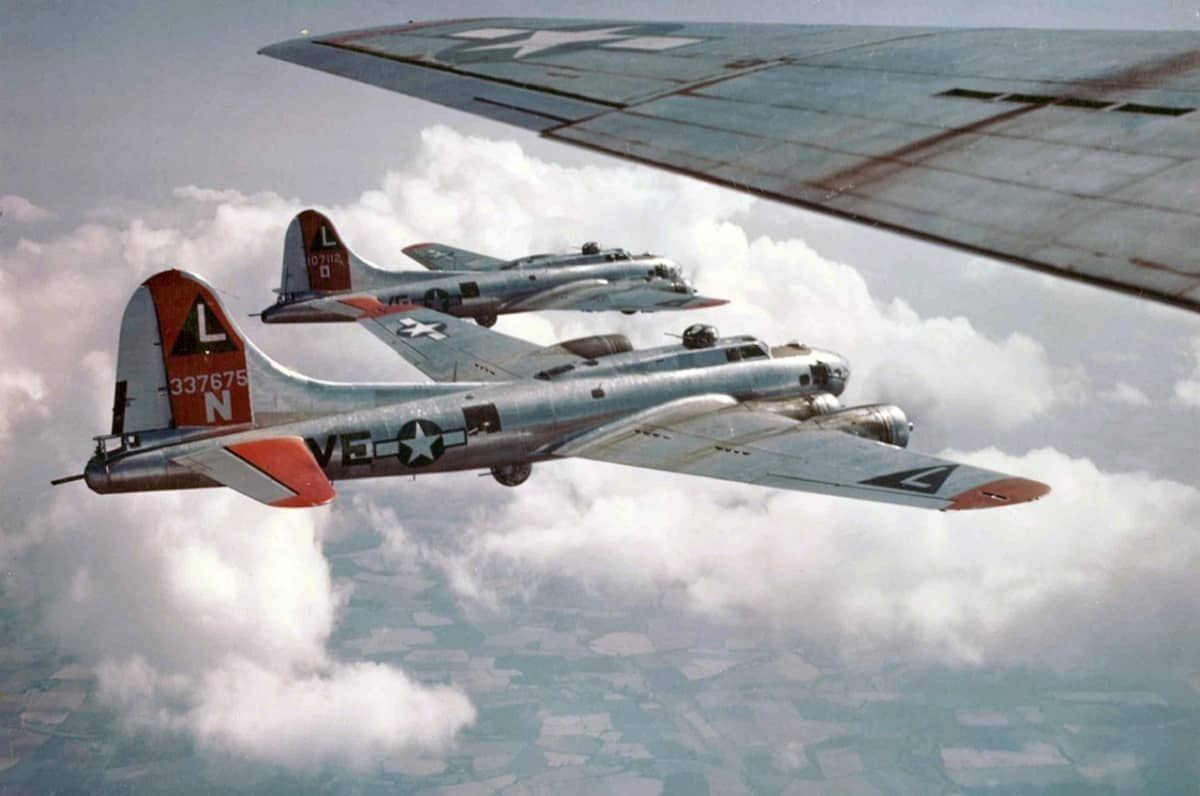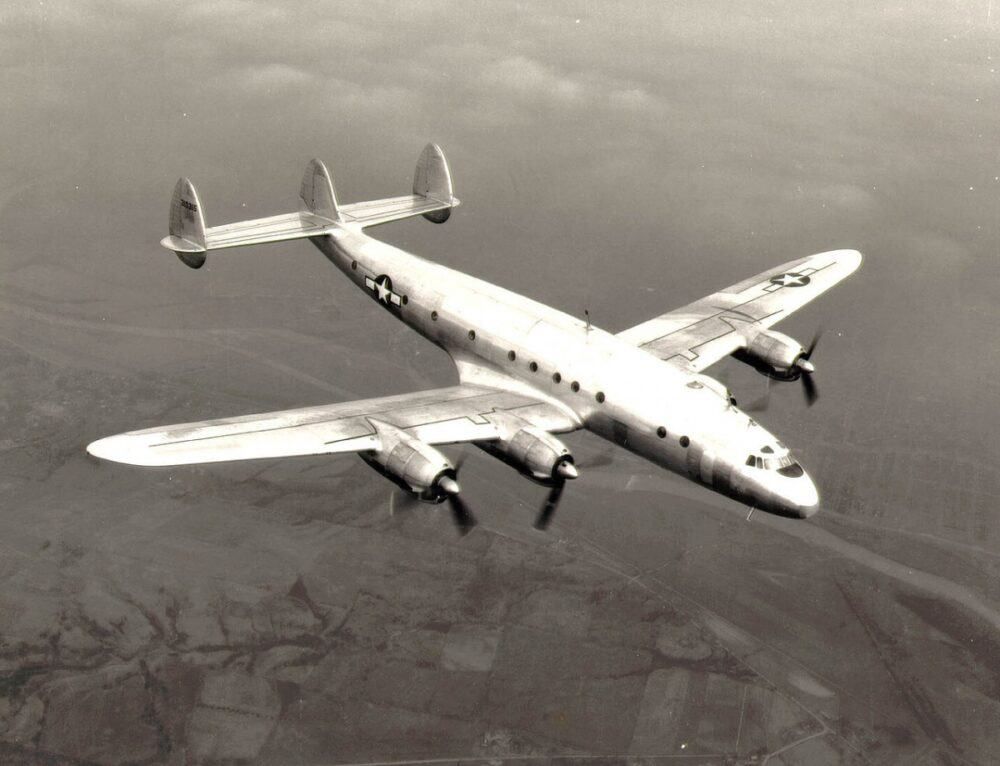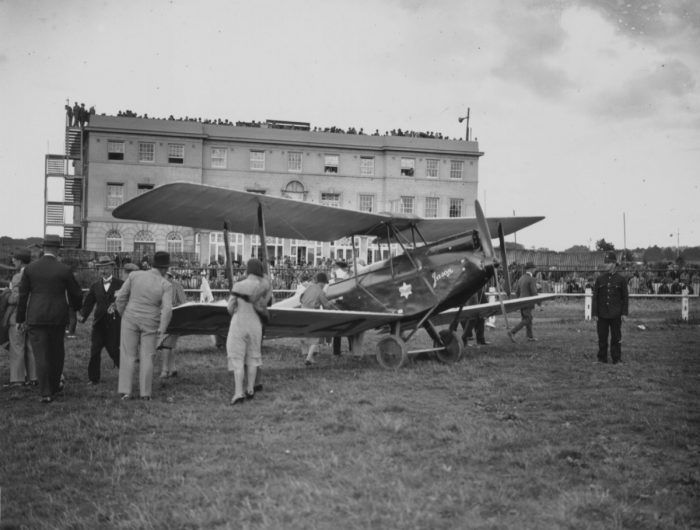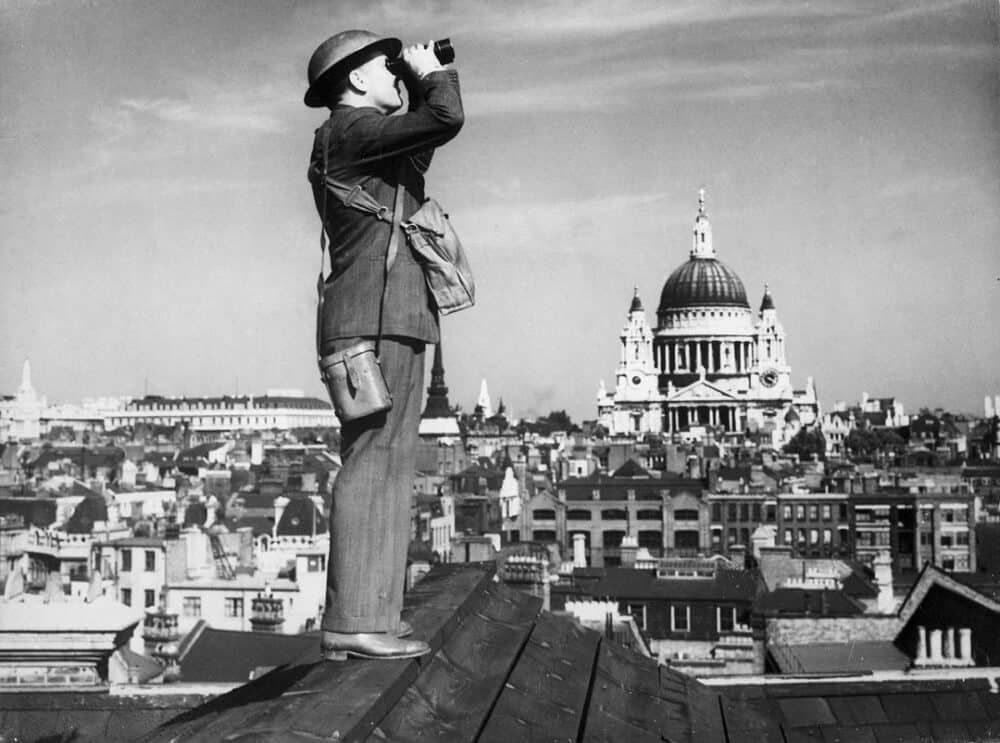Today marks 75 years since the end of World War II in Europe. Several nations across the world are observing Victory in Europe Day (VE Day), remembering the significant events that happened during this time. Not only did aviation play a crucial part in key battles that occurred during this period, but the landscape of the industry would change forever once the war was over.
Even though planes and zeppelins were in the air during World War I, aerial warfare played an even more prominent role during the Second World War. Key events such as the Blitz, the Battle of Britain, the attack on Pearl Harbor, and the atomic bombings of Hiroshima and Nagasaki were all aerial operations.
Warfare often catalyzes the application of modern technology. With so much at stake between 1939 and 1945, militaries turned to new tools to get one over their opponents. After the ceasefire, businesses put them to commercial use during peacetime.
Rise in production
Before WWII, aircraft manufacturers were growing smoothly as more companies and individuals started to turn their attention to the skies. However, governmental needs during the war meant that the likes of Boeing had to scale up their operations at a rapid rate. Work sites became more extensive, meaning more workers saw employment within the industry.
Altogether, Boeing and its partners produced a staggering 98,965 aircraft during this period, including the historic B-17 Flying Fortress. According to The National WWII Museum, production went from 60 B-17s a month in 1942, to 362 a month in 1944.
Therefore, once the war was over, the firm was ready to turn its attention to the needs of other sectors in the nation. Since there were countless aerodynamically efficient military planes on the ground after the war, firms saw the opportunity to convert them into passenger and cargo units.
Set for jets
The German Heinkel He178 took off from Marienehe aerodrome on August 27th, 1939, becoming the first-ever jet-powered aircraft. Soon after, Anselm Franz developed the Jumo 004 engine, which had an axial-flow turbojet. This engine was used in the Messerschmitt Me262 in 1942, which the first jet fighter in the skies during this war.
Moreover, in March 1943, British authorities formed the Brabazon Committee. This group had the job of determining the UK's aircraft needs after the conclusion of the war.
This situation eventually led to the formation of the first-ever commercial jet service on May 2nd, 1952. The British Overseas Aircraft Corporation (BOAC) flew a Havilland DH 106 Comet from London to Johannesburg.
The jet engine would go on to become one of the most revolutionary technologies in aviation history. It is still the preferred engine of choice for most airlines across the world. Many plane types uphold other modern staples such as swept wings.
Ground operations
The increase in aerial activity led to the upscaling of facilities. Existing sites such as Croydon Airport reverted to Royal Air Force control for the war. This hub became a major Battle of Britain airfield with Hurricanes and Spitfires in operation. It, as well as several other airfields were transformed into passenger aerodromes after the conflict ended.
Signaling change
Radio detection and ranging, commonly known as radar, played a critical role during the war. The Imperial War Museum notes that that the technology could pick up incoming enemy aircraft at a range of 80 miles (129 km) and helped give early warnings of attacks in the Battle of Britain.
RAF pilots soon used it within aircraft to identify hostile targets. Authorities soon splashed more money into research to advance these systems. Today, the globe's air traffic control network is still heavily radar-based.
Lasting impact
Ultimately, the effects of WWII are still felt in several ways. From politics to business, significant shifts took place. Not only did the war change global systems in the decades that followed, but it also revolutionized the aviation industry.
What are your thoughts on how World War II changed passenger aviation? Let us know what you think in the comment section.




